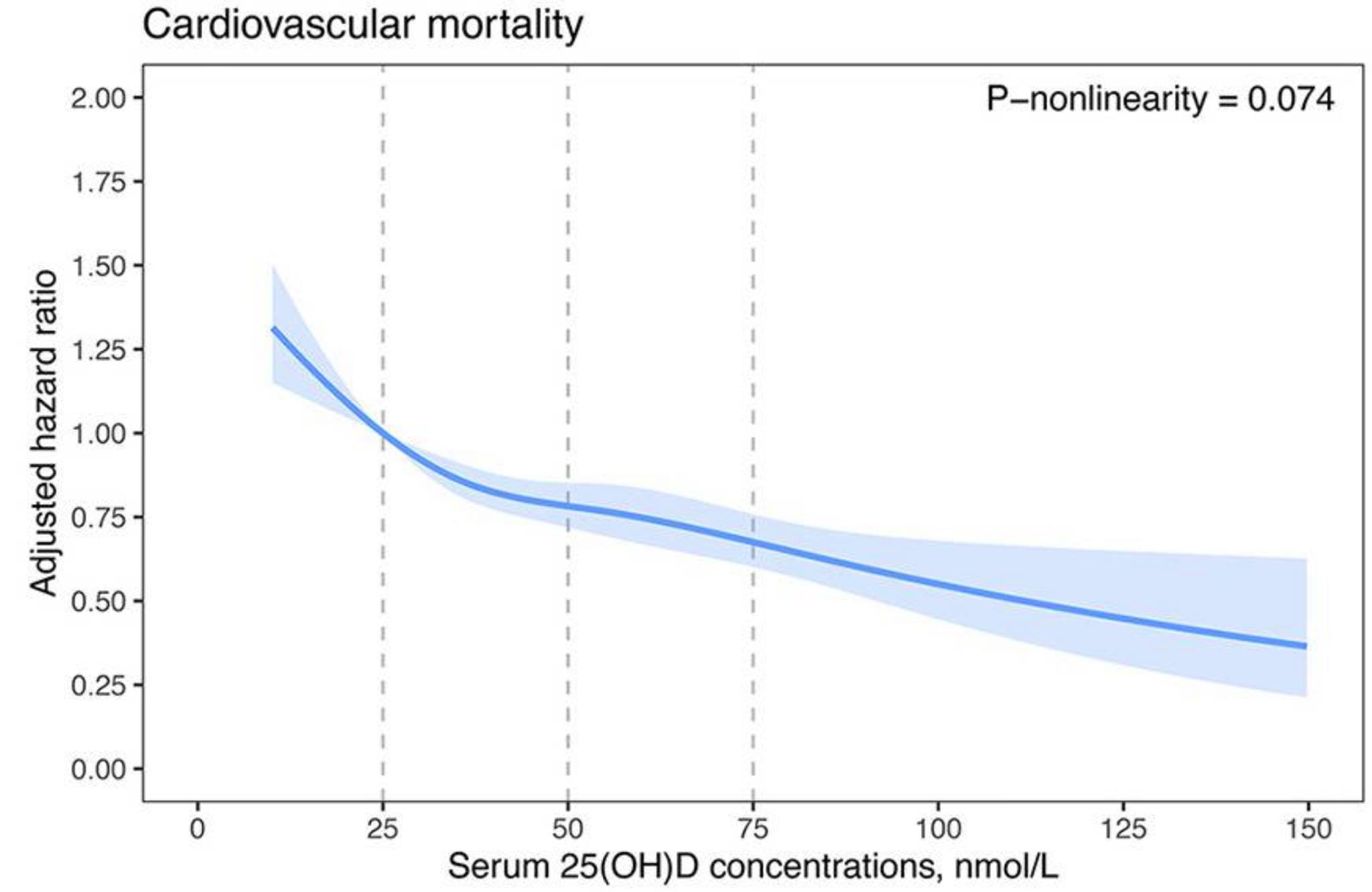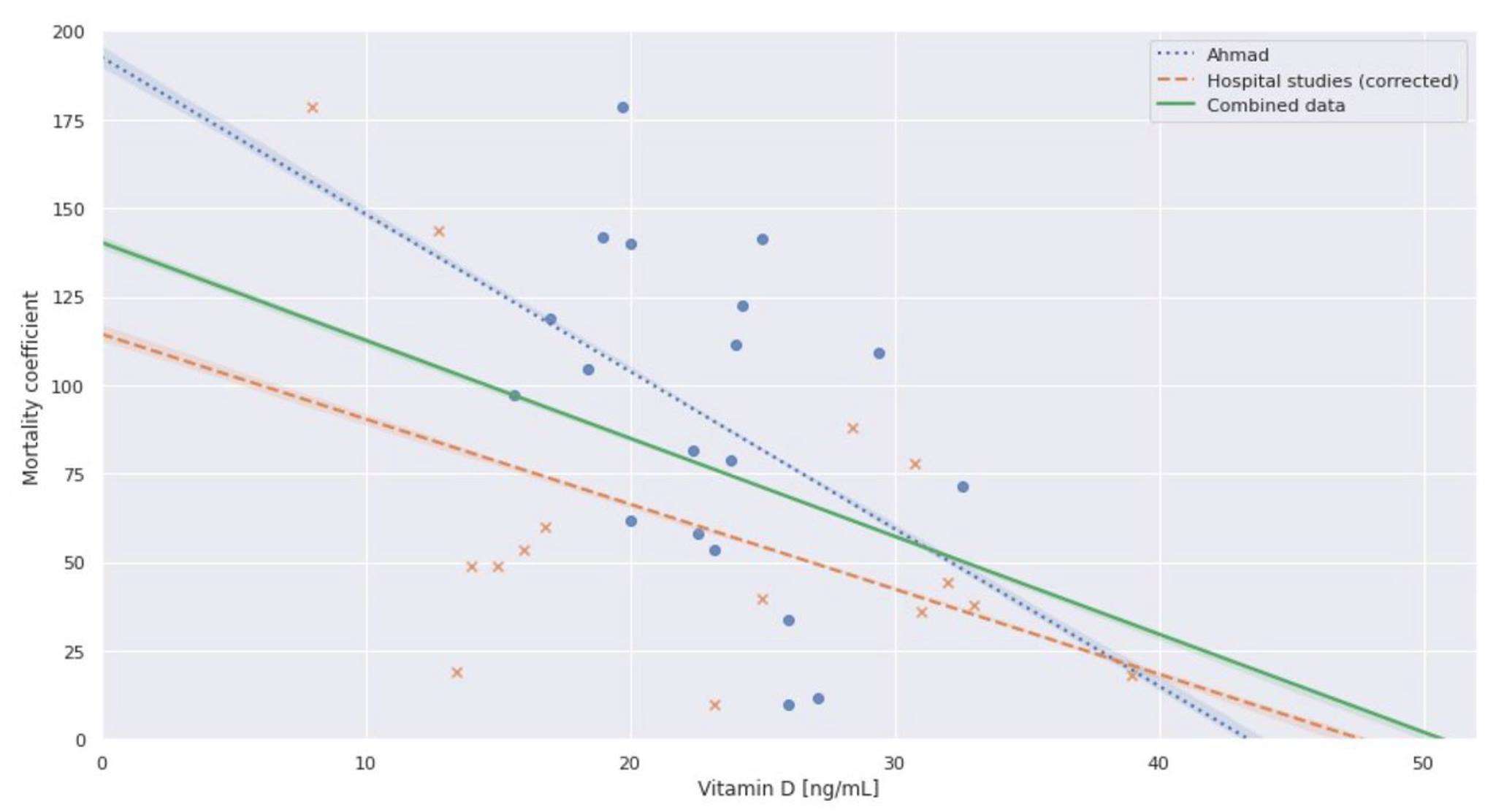Dr. Ryan Cole spoke in Anchorage, Alaska on 10/30/21 at the Early Covid Treatment Medical Summit. I transcribed these words:
“If you get your vitamin D level above 50 it is next to impossible to develop a cytokine storm. What do people die from in this disease? Inflammation — that cytokine storm….
dminder app shows Alaskans in Anchorage can’t get vitamin D from the sun for the next 5 months [November -March] because of the low sun level. “So if you’re not taking vitamin D for the next 5 months you are immune suppressed, period… end of story.”
If your vitamin D level goes up, you cut your cardiac death risk, all-mortality risk and cancer risk.
“Huge studies have been done; hundreds of thousands of patients.”
“And if your level is above 50, your chance of getting Covid is next to zero, and your severity, if you do get it is next to zero.”
Watch here at 4:06:40:
Early Covid Treatment Medical Summit (Afternoon Session)
Saturday, October 30th 2021, 1:00pm – 5:00pm



